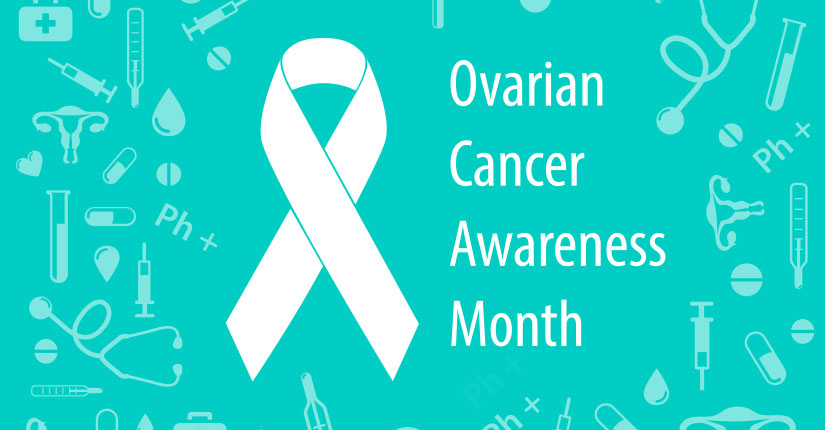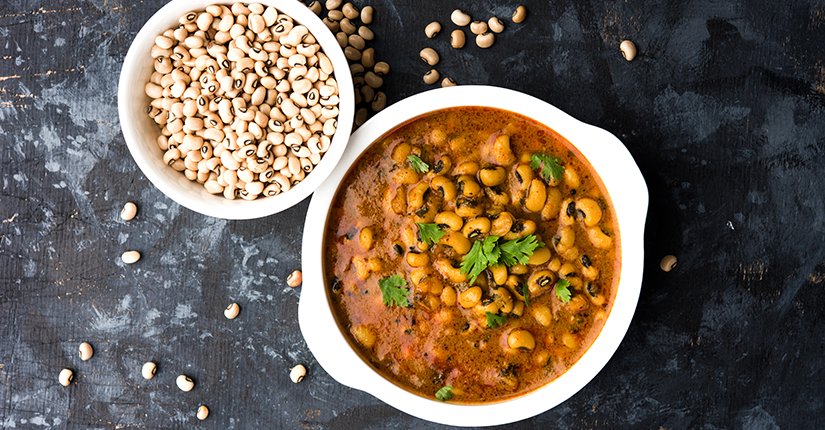POWER OF 3
By Nmami Agarwal 11-Feb 2020 Reading Time: 6 Mins

The California Walnut Commission has announced the launch of the “Power of 3” global initiative, the first campaign of its scale aiming to educate consumers about how eating walnuts is a simple way to boost overall nutrition, worth sharing with friends and family in the spirit of love this February.
At the focal point of the campaign is omega-3 ALA, an essential fatty acid that walnuts are uniquely rich in. A handful of walnuts (28 grams), making three handfuls a week an easy way to meet the recommended intake for nuts and improve overall diet quality.
The program will run in nine countries including the USA, Germany, India, Japan, South Korea, Spain, Turkey, the United Kingdom and the United Arab Emirates. Central to the campaign is a global landing page featuring content that will show how consumers share the love of walnuts around the world.
Why the Power of 3?
Walnuts are the only nut significantly high in the plant-based omega-3 ALA (alpha-linolenic acid, 2.5 g/28 grams), which every human body needs.
At least 3 handfuls (one handful equal to 28 grams) of walnuts a week is a simple way to start improving overall nutrition.
During Valentine’s Day and American Heart Month, share the love with family and friends by passing along this information to at least 3 people that you care about.
The Science behind Plant-Based Omega-3 ALA
All omega-3s provide health benefits, so it’s important to get these good fats from a variety of sources. As the only nut significantly high in omega-3 ALA (2.5g per one ounce/28g), one of the easiest ways to get more ALA into your diet is to start with walnuts.
ALA and Heart Health
A study from Advances in Nutrition found that ALA may help improve heart health just as we have seen in studies focused on EPA and DHA. The literature review provided evidence showing the potentially beneficial role ALA may have in primary and secondary prevention of cardiovascular disease, including stroke and heart attack. Given the current promising data, the researchers noted the need for well-controlled clinical trials to clarify the effects of ALA on risk for cardiovascular disease and to determine the recommended amount of ALA to consume for heart health benefits.
ALA and Brain Health
A review study from Progress in Lipid Research assessed the tissue levels of omega-3 DHA formed from ALA. They reported several important findings. The first was that ALA leads to the synthesis of EPA in some cases, and in particular, may contribute to DHA levels in the brain. Evidence from a variety of studies suggests dietary ALA may be able to fulfill the human requirement for DHA in the body when higher levels of ALA (at least 1.2g) are consumed. Assessing the synthesis of EPA and DHA from ALA in humans is limited to blood level measurements. The takeaway from this study is that through its conversion process, ALA may play a role in maintaining DHA levels in important tissues such as the brain. But more research is needed to fully understand the effect of this process in the body.
ALA and Overall Mortality
Research from one of the largest clinical trials looking at the benefits of a Mediterranean diet suggested older Spanish individuals (ages 55-80) with a high cardiac risk who supplemented a high fish diet with dietary ALA saw a reduced risk of all-cause mortality. Specifically, study participants who consumed at least 0.7% of their daily calorie intake from ALA had a 28% reduced risk of all-cause mortality.
Join us as we inspire millions around the world boost their nutrition with “The Power of 3.”
Stay tuned for an amazing giveaway!





















